Choosing the wrong type of rope can reduce work efficiency, compromise safety, and increase long-term costs. In this article, SIAM Brothers Vietnam provides a comprehensive comparison between the two most commonly used ropes today – from material, strength, durability to practical applications – helping you determine the optimal solution for your specific needs. If you're looking for a rope that meets your requirements in both quality and function, don’t miss the detailed analysis below!
Currently, the rope market is mainly divided into two major categories: cotton rope and synthetic rope. To help you make an informed decision, let’s take a closer look at each type.
Cotton rope is highly valued for its softness, safety, and aesthetic appeal. This type of rope is especially suitable for light-duty applications that do not require heavy load-bearing capacity.
Key Features:
Typical Applications:
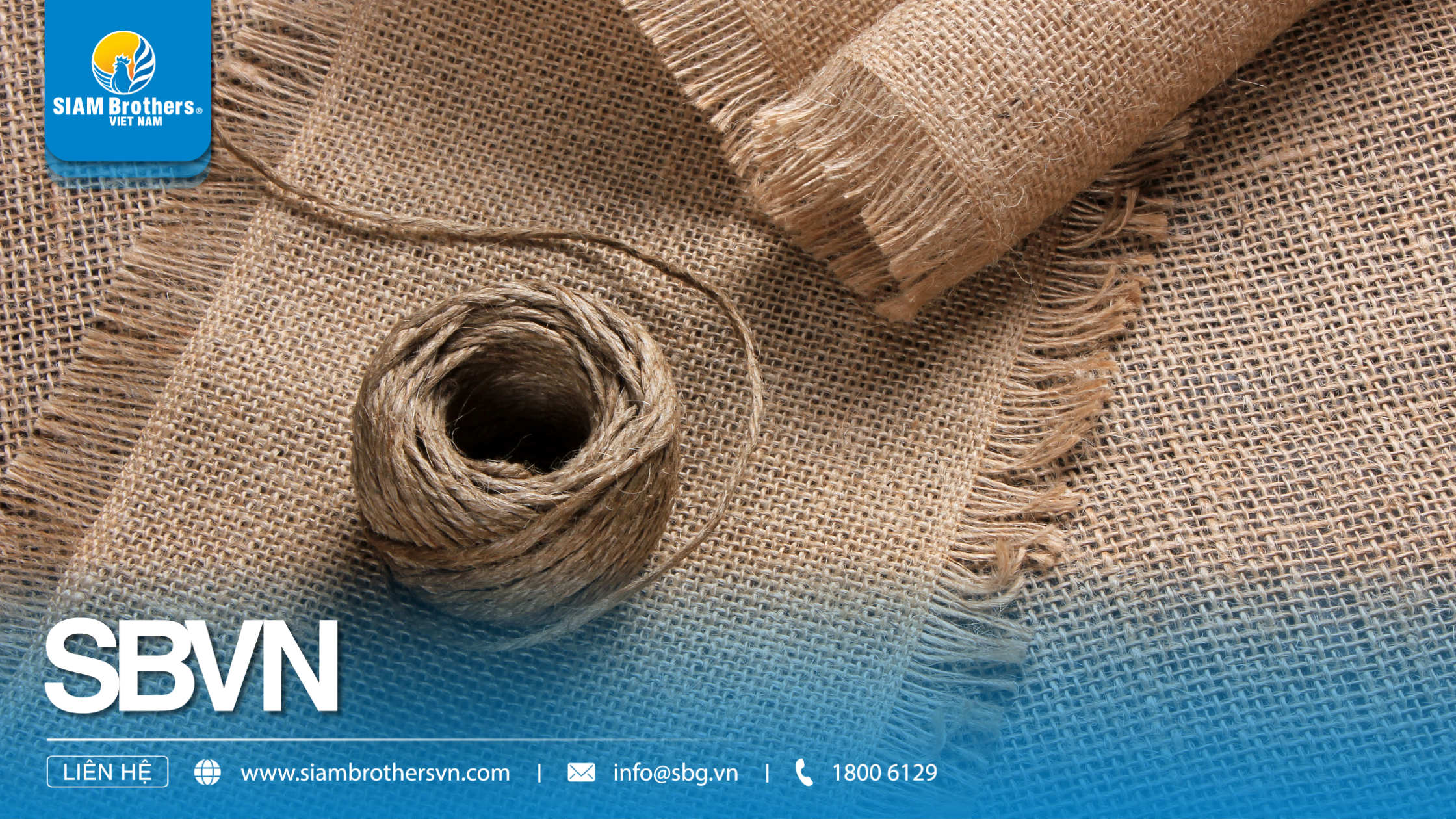
Unlike cotton rope, synthetic rope is manufactured from polymer materials such as Polypropylene (PP), Polyethylene (PE), or Nylon. These ropes are commonly used in industries requiring high durability and resistance to extreme environments.
Key Features:
Typical Applications:
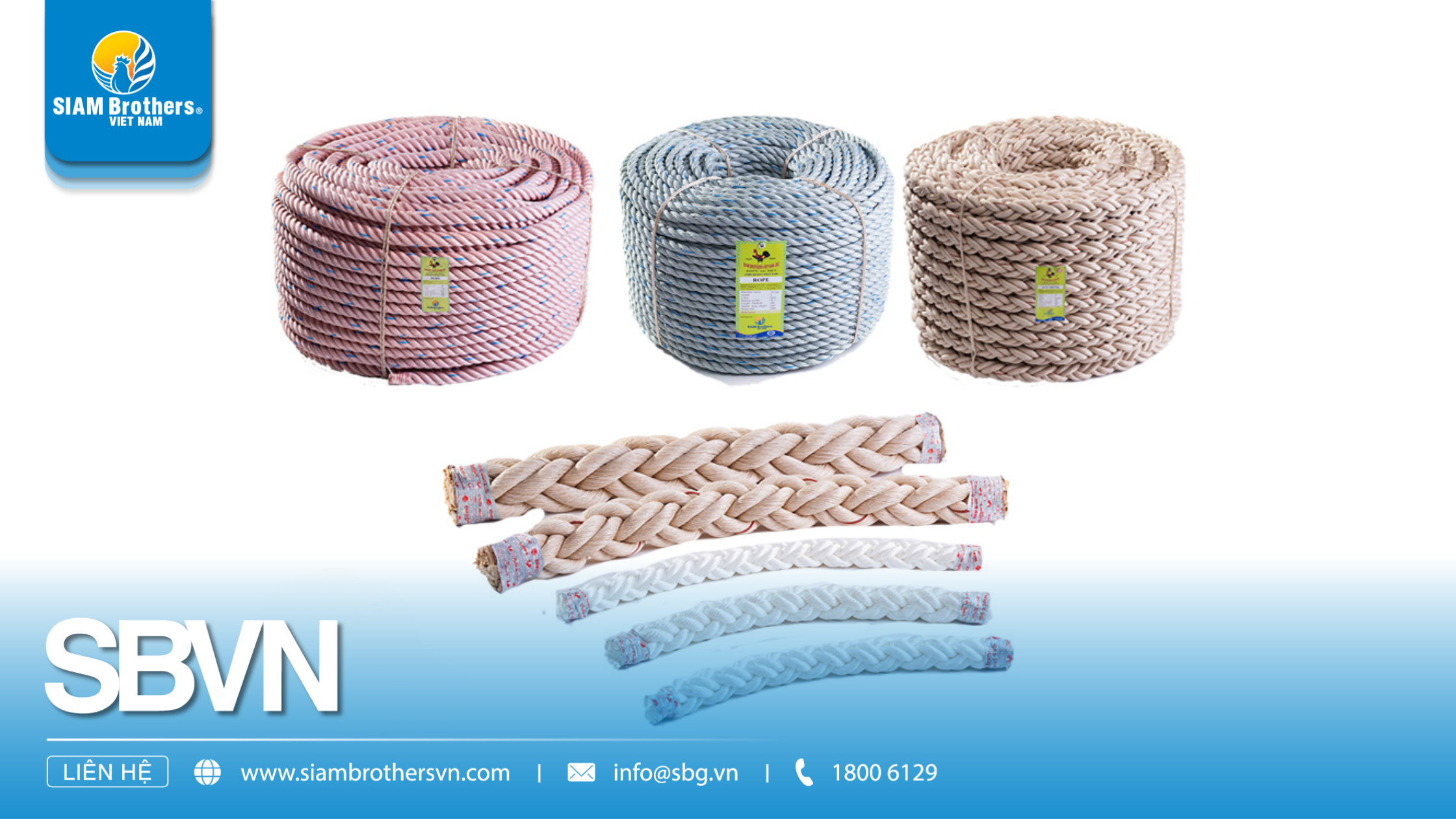
| Criteria | Cotton Rope | Synthetic Rope |
| Material Composition | Made from natural cotton fibers, soft and safe for the skin | Made from synthetic fibers such as Polypropylene (PP), Polyethylene (PE), or Nylon |
| Durability & Load Capacity | Moderate strength, suitable for indoor use or dry environments | High durability and tensile strength, ideal for outdoor settings or marine applications |
| Water Resistance | Absorbs moisture easily; prone to mold or damage when exposed to water long-term | Excellent water resistance, UV-resistant, suitable for harsh weather and wet conditions |
| Cost | Slightly more expensive due to natural materials and aesthetic appeal | More affordable, cost-effective for large-scale or long-term use |
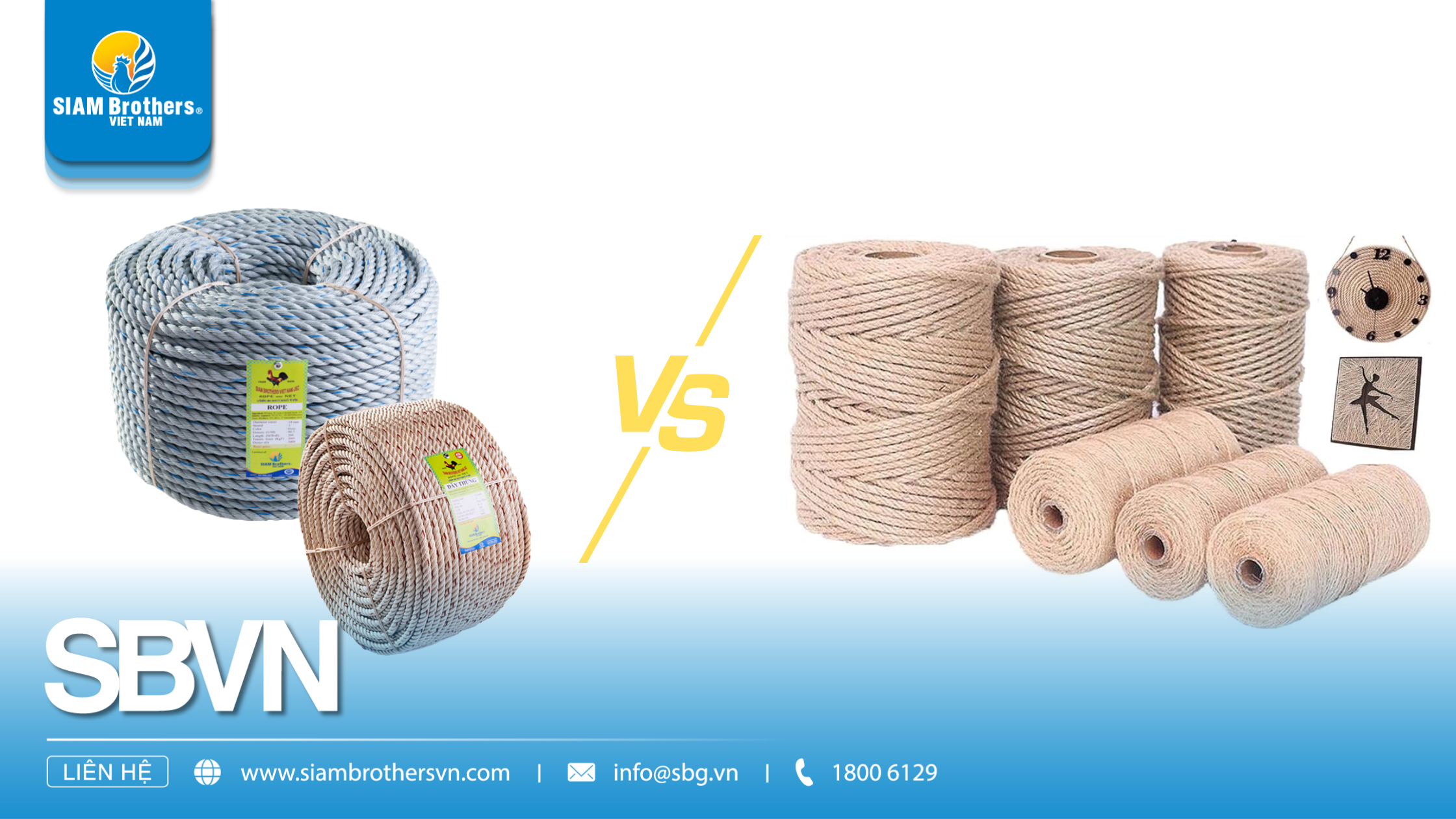
When choosing between cotton rope and synthetic rope, understanding the strengths and weaknesses of each type will help you make the best decision based on your intended use.
Pros:
Cons:
Pros:
Cons:
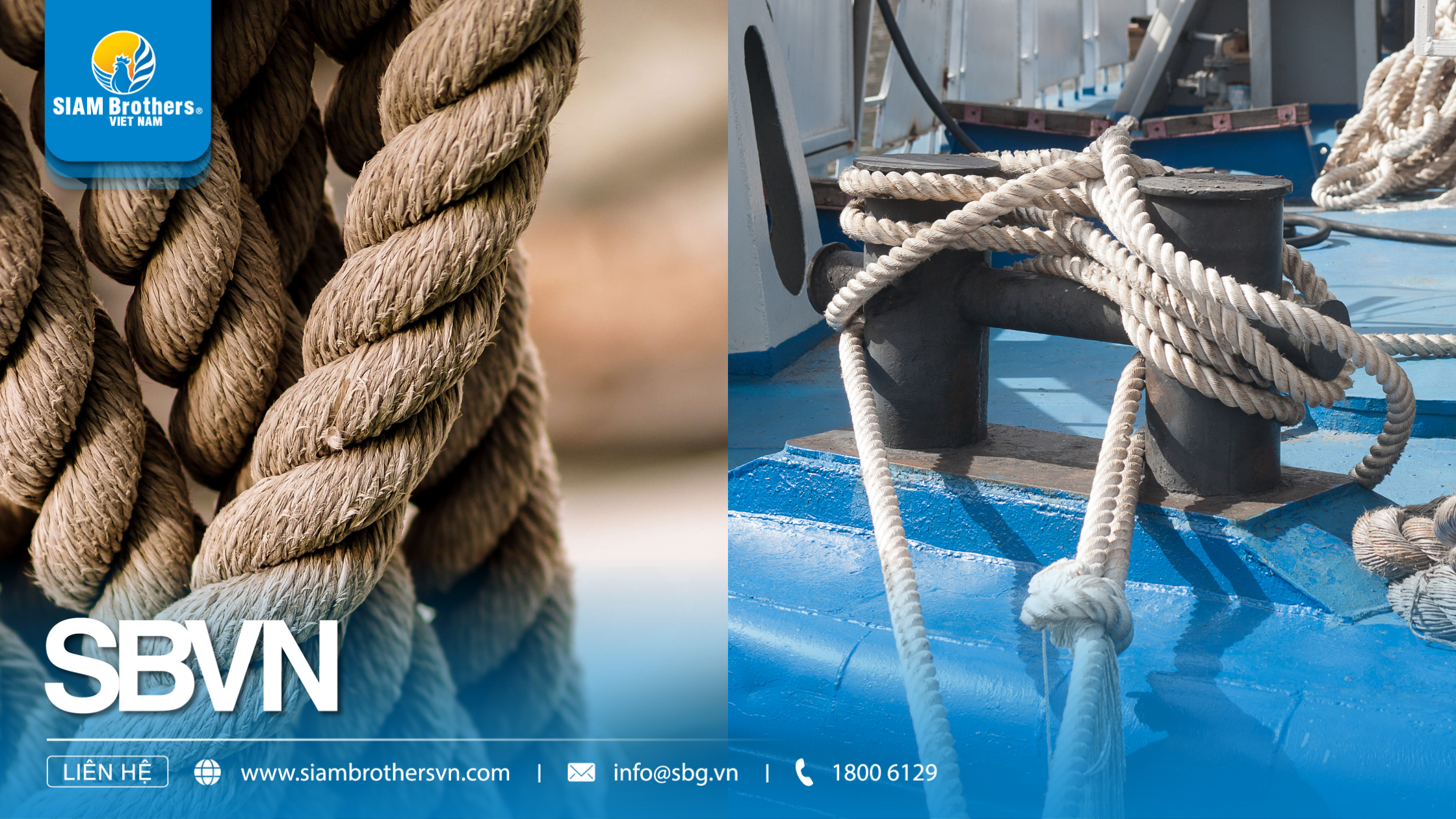
Depending on your specific needs, cotton rope can be used for light tasks like tying tools or decorating agricultural stalls. However, for intensive marine or agricultural operations, synthetic rope is recommended due to its durability and excellent water resistance.
To ensure product quality, longevity, and traceable materials, choose a reputable manufacturer like SIAM Brothers Vietnam – a pioneer in rope production for the fishing, agriculture, and commercial industries with over 60 years of international experience.
The decision depends on your usage:
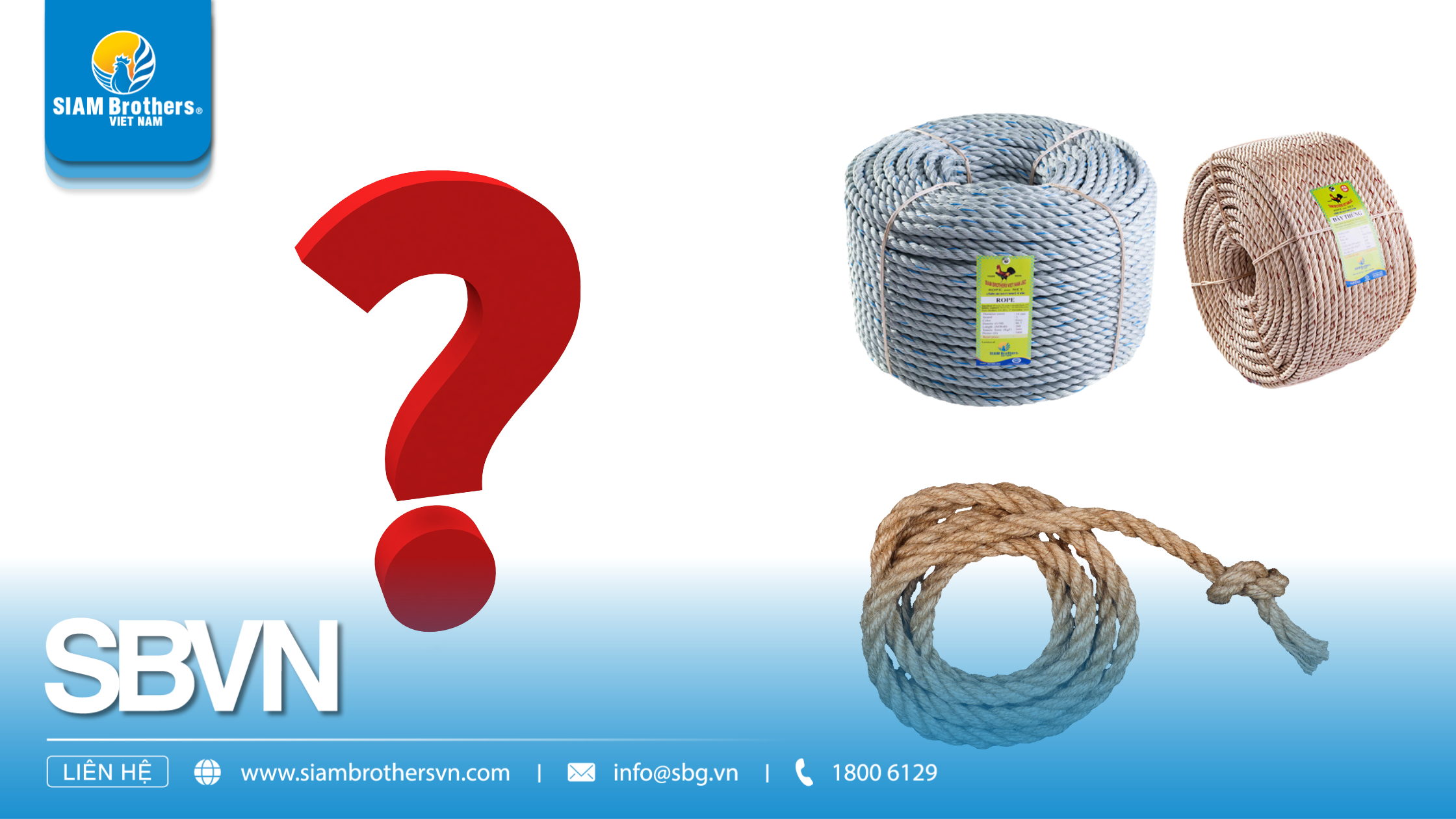
Cotton rope offers natural softness, aesthetic charm, and environmental friendliness, while synthetic rope delivers unmatched strength and performance in demanding conditions. Each has its own advantages depending on your purpose.
If you’re seeking a visually appealing solution for interior decoration, premium packaging, or dry applications, cotton rope is your ideal choice. On the other hand, if durability, water resistance, and heavy-duty performance are your top priorities, synthetic rope will be your most reliable companion. Contact SIAM Brothers Vietnam today for expert consultation and access to premium-quality ropes tailored to your industry needs.
Source: SIAM Brothers Vietnam
Contact us:
Address: 5th floor, VRG Building, 177 Hai Ba Trung Street., Vo Thi Sau Ward, District. 12, Ho Chi Minh City, Vietnam
Tel: (+84) 28 38 912 889
Hotline: 1800 6129
Facebook: www.facebook.com/siambrothersvn
Email: info@sbg.vn
YouTube: youtube.com/@siambrothersvietnam1728
OA Zalo: zalo.me/1402339229697925373
App SBVN ID:
CHPlay: https://bit.ly/SBVNID-Android
Appstore: https://bit.ly/SBVNID-iOS
